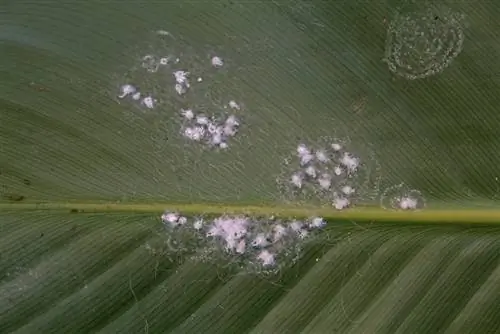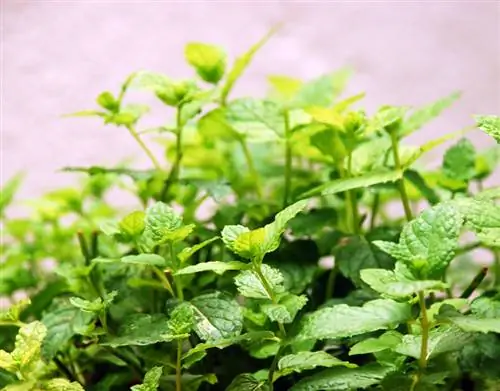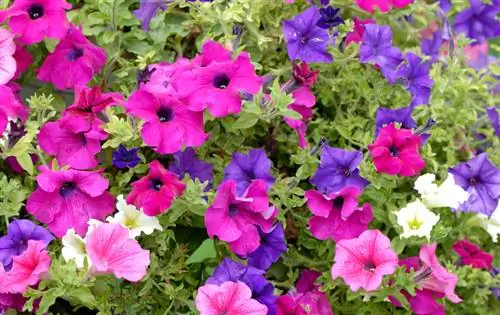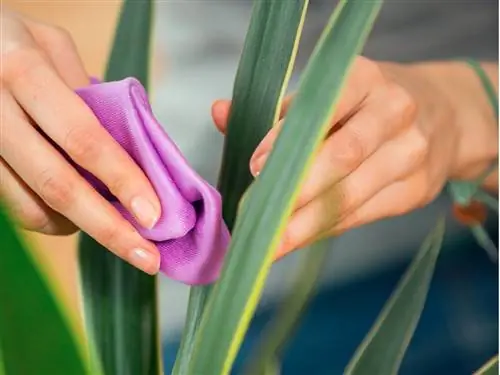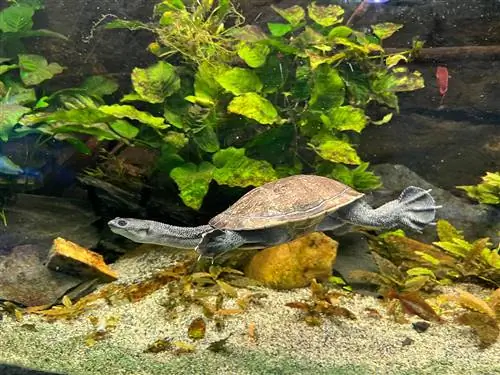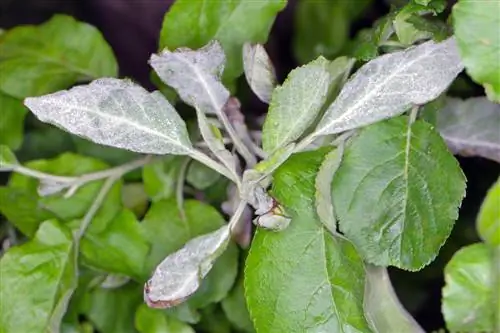- Author admin [email protected].
- Public 2023-12-16 16:46.
- Last modified 2025-01-23 11:22.
Mildew is a widespread problem outdoors. But can the white coating also appear on houseplants? Or are these symptoms a completely different leaf disease. In this article you will find out how dangerous a white coating is for your houseplants, what causes it and how you can remove the damage.
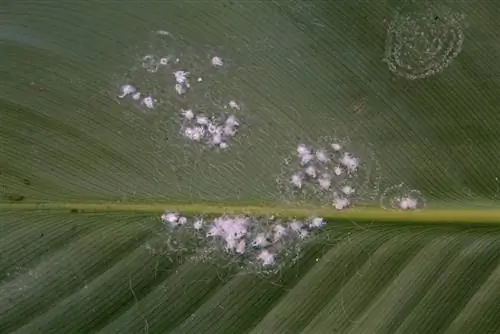
What does a white coating on my houseplant mean?
A white coating on houseplants can be caused by pests such as powdery mildew, mealybugs or gall mites or can be due to mold. To treat the plant, an accurate diagnosis and appropriate measures such as neem oil applications or isolation are required.
Causes
There are two possible reasons for a white coating on houseplants. On the one hand it could be a pest infestation, on the other hand mold is a possible reason.
Pests as a cause
A pest infestation can be divided into three possible causes:
- Mildew
- Mealybugs
- Gall mites
Mildew is caused by aphids that suck the sap from the plant with their mouthparts. They later leave excrement on the leaves, a white film that can be wiped off with your finger. To determine whether it is really aphids, it is worth taking a look at the underside of the leaf. There are more animals here. Their body color varies from green to red, yellow or brown. You can spray aphids with water or apply a solution of water and neem or rapeseed oil to the leaves.
Mealybugs also leave a greasy, white film on the leaves. Because it sticks unlike mildew, it is also known as honeydew. It is also possible that small, white dots appear on the leaves. In this case it is not a coating, but rather the pests themselves. If you look closely, you will see mealy bugs as white, cotton ball-like animals. The following symptoms are typical of an infestation
- white spots on the leaves that merge into each other
- yellow, dried leaves
- Honeydew
To protect neighboring plants, you should first isolate your affected houseplant. Here too, a tincture of neem oil helps against the infestation.
Gall mites, in contrast to mealybugs, are so small that they are almost invisible to the human eye. Their body only grows to a size of 0.2 mm. Their remains are similar to mildew. The white coating has a clearly noticeable fluff. When using a plant protection product, you must definitely pay attention to the undersides of the leaves and the leaf axes, as this is where animals tend to frequent.

